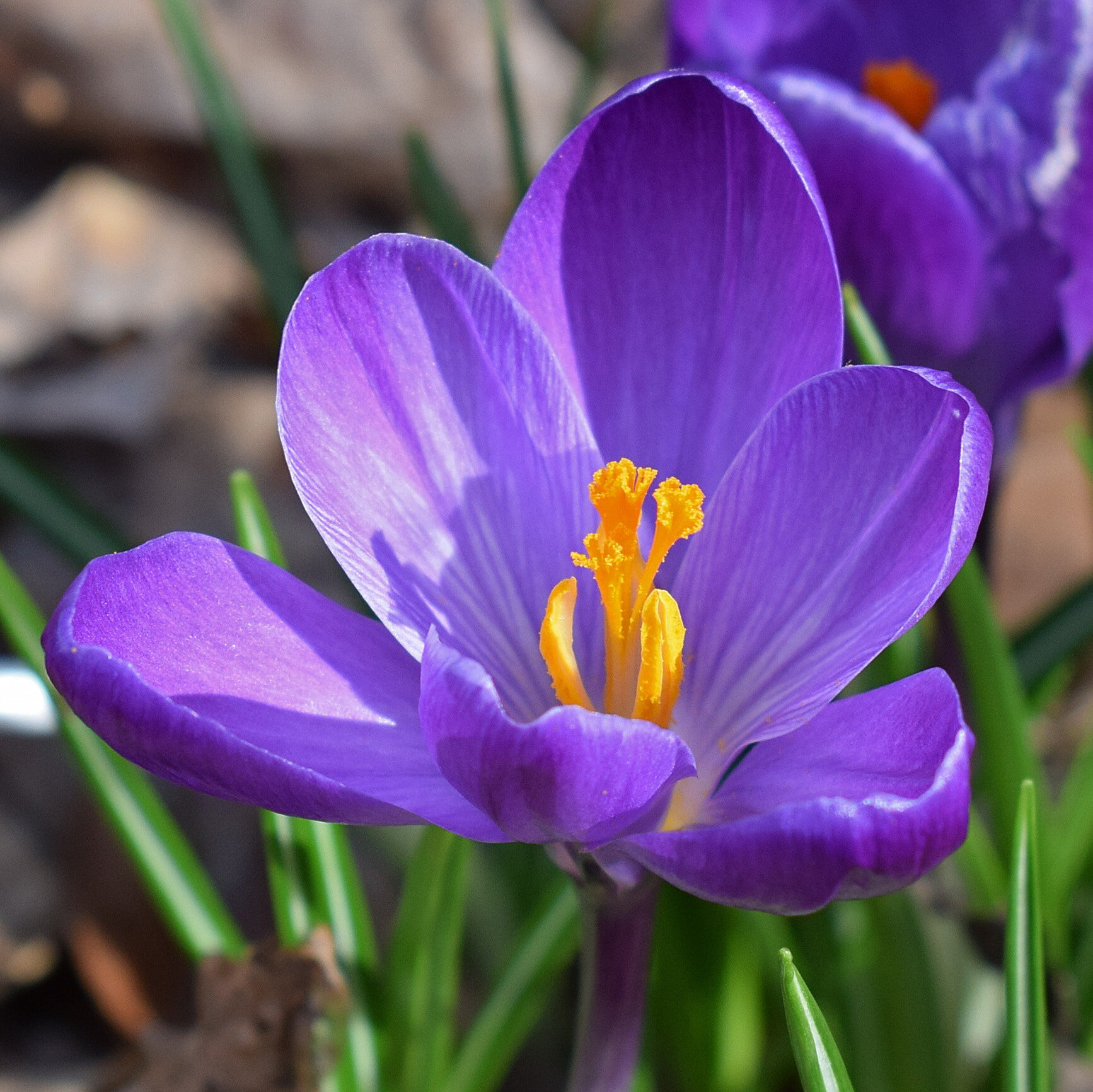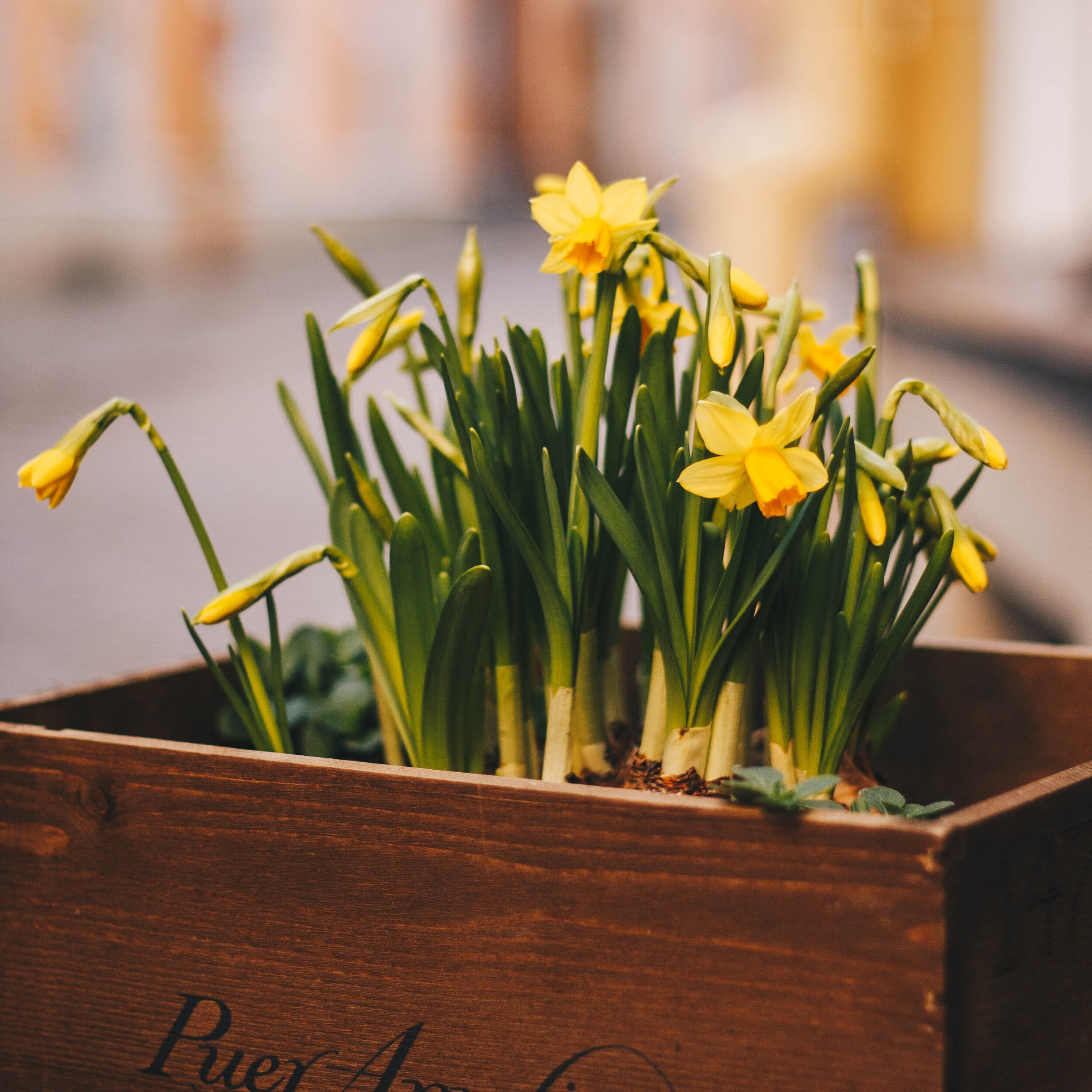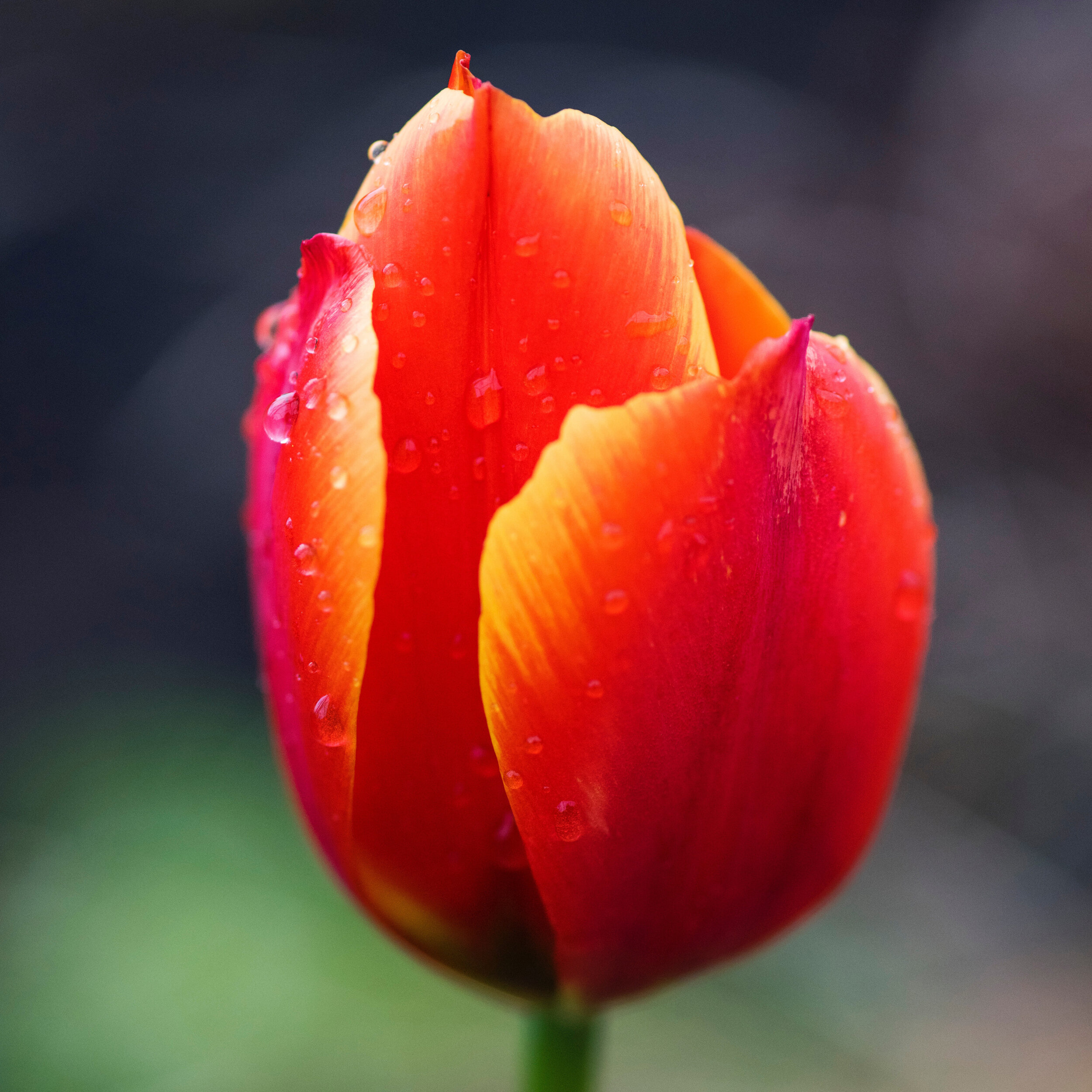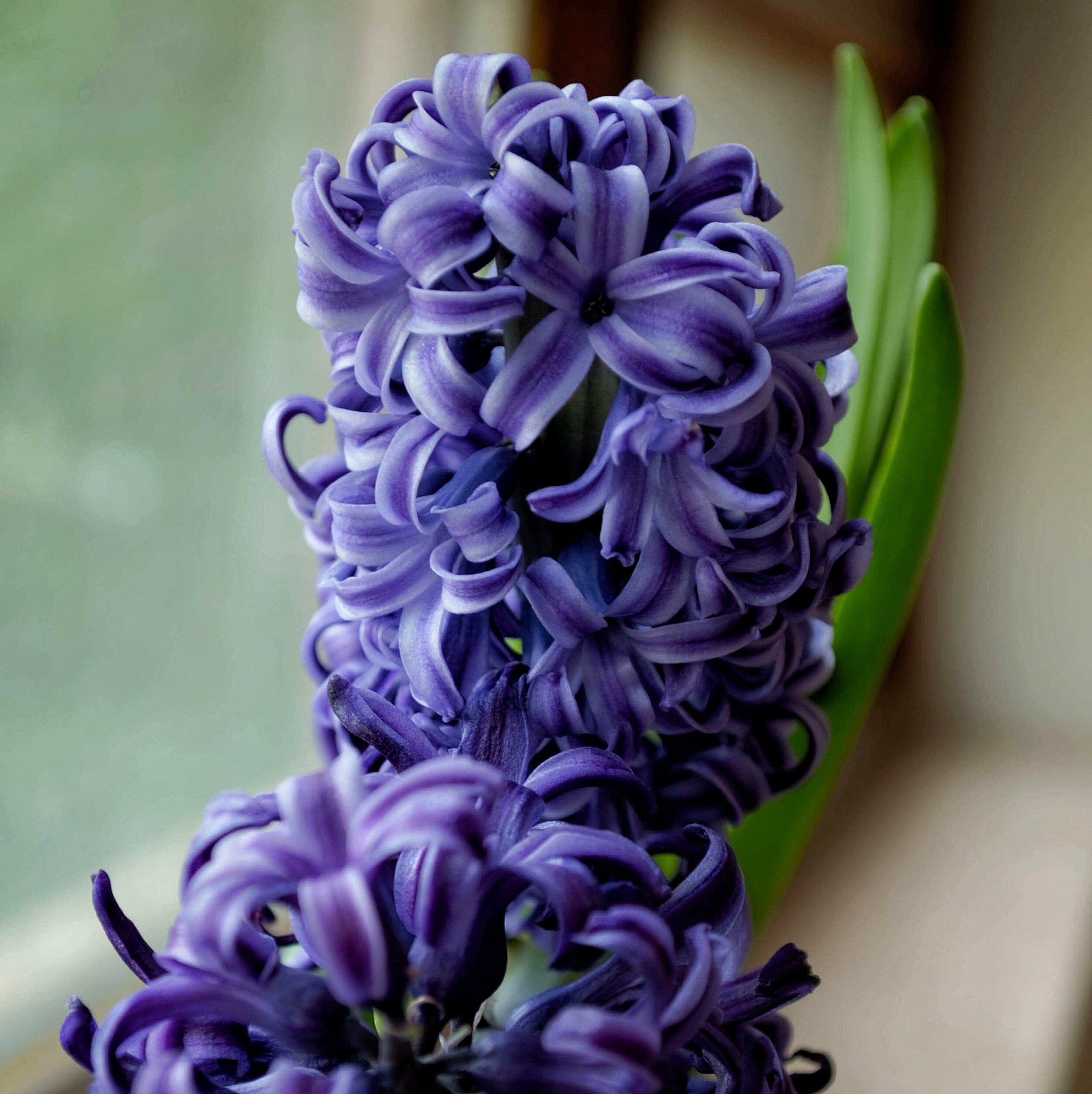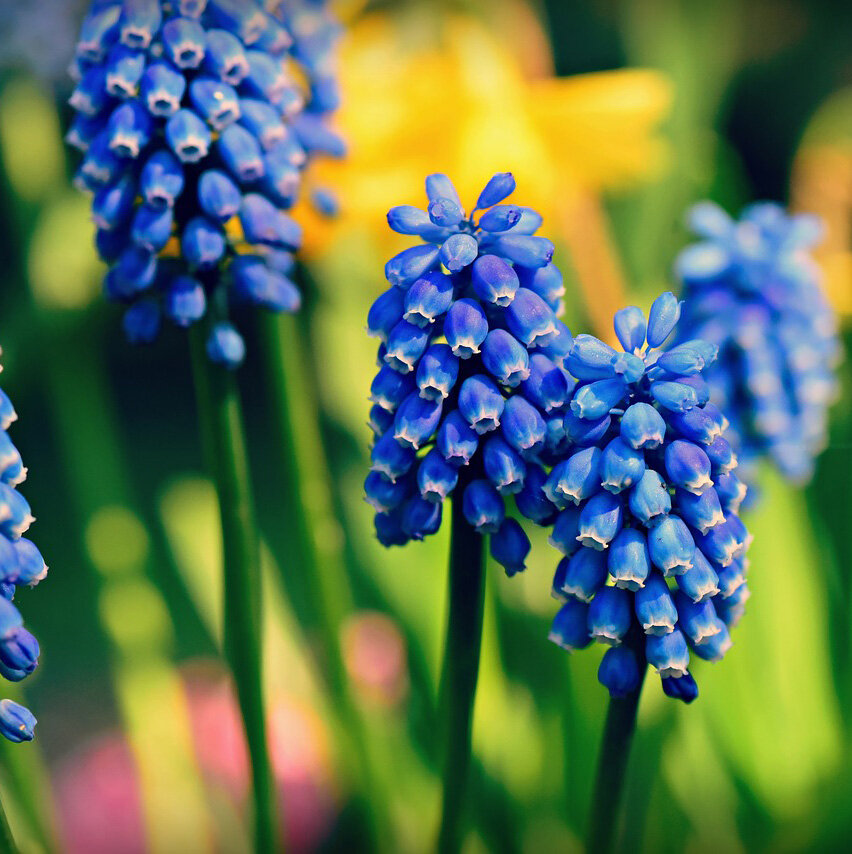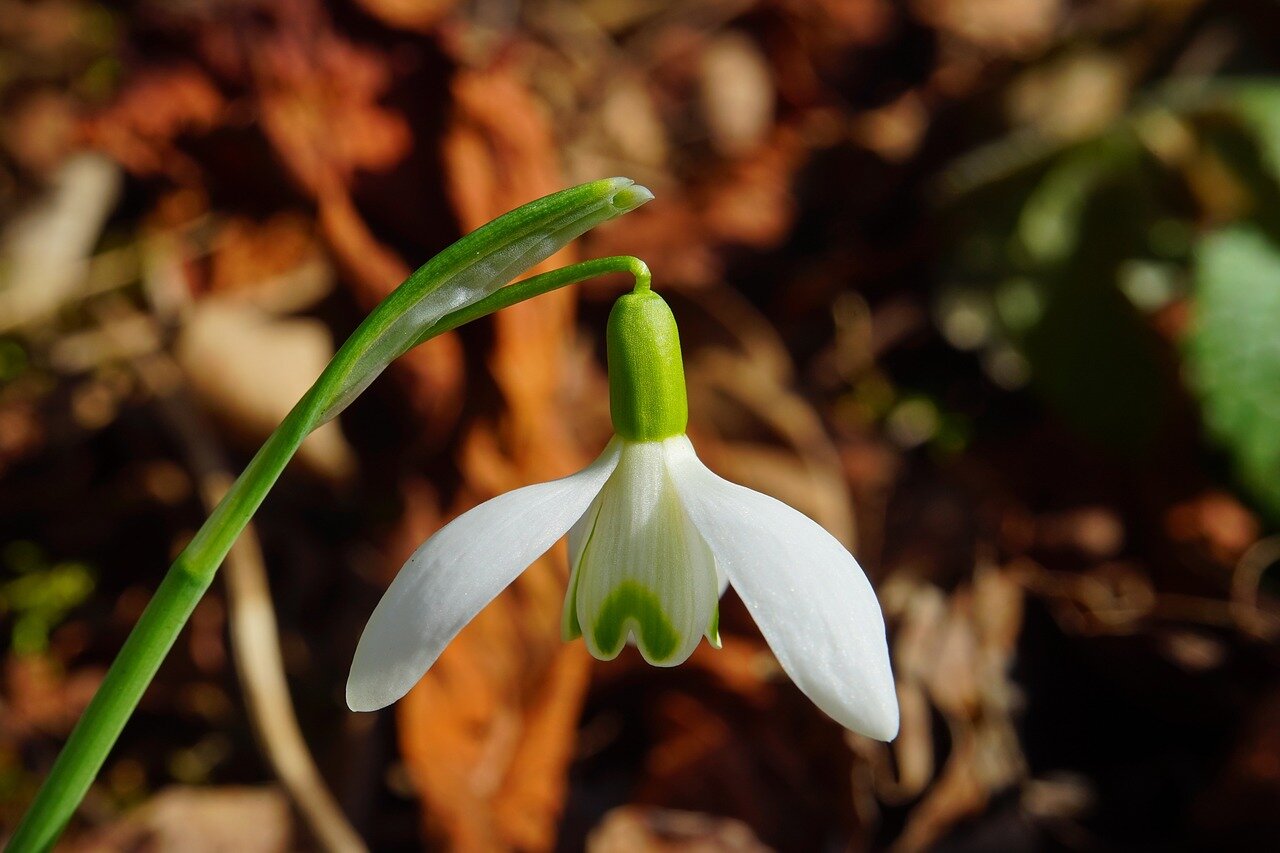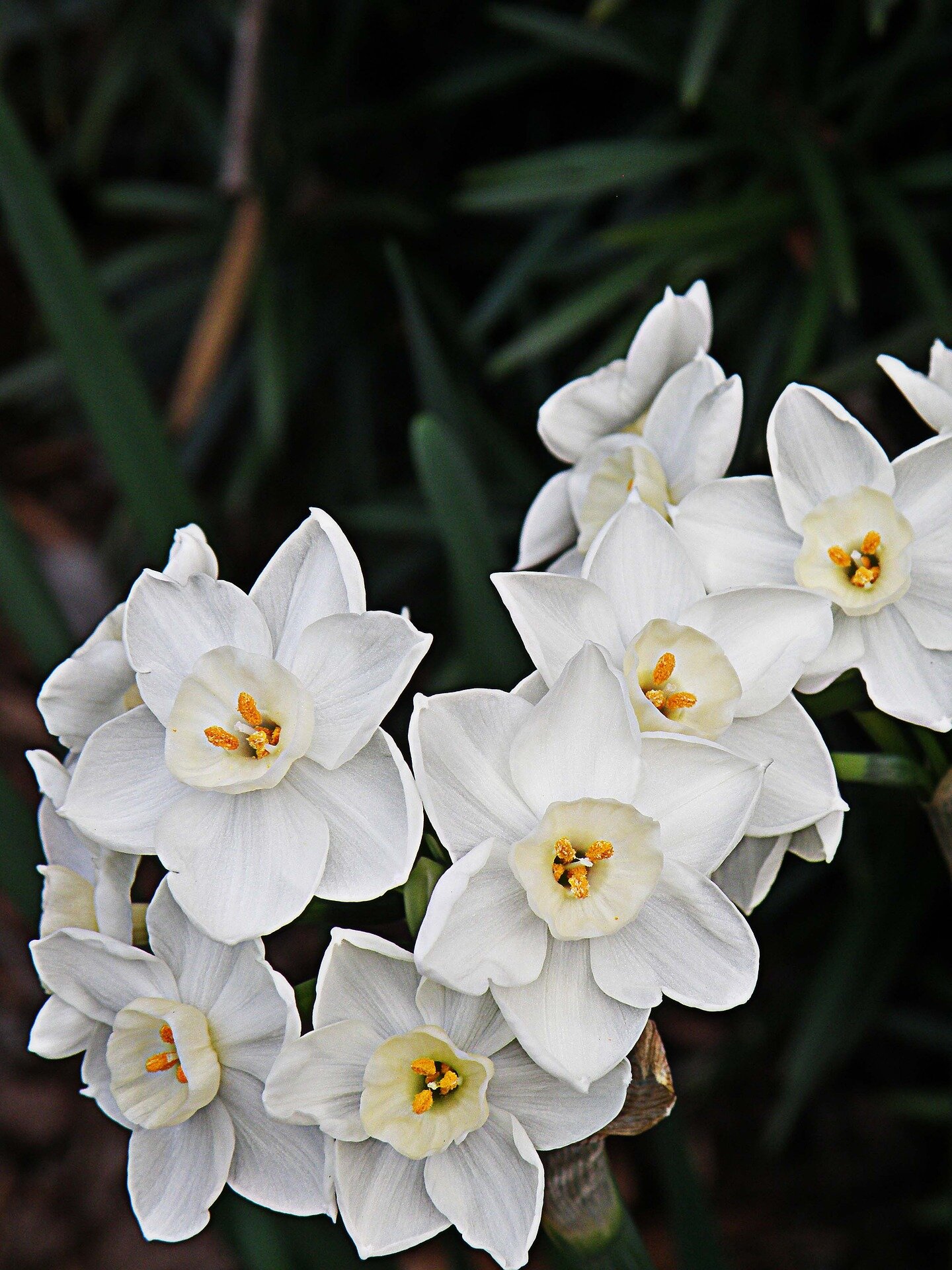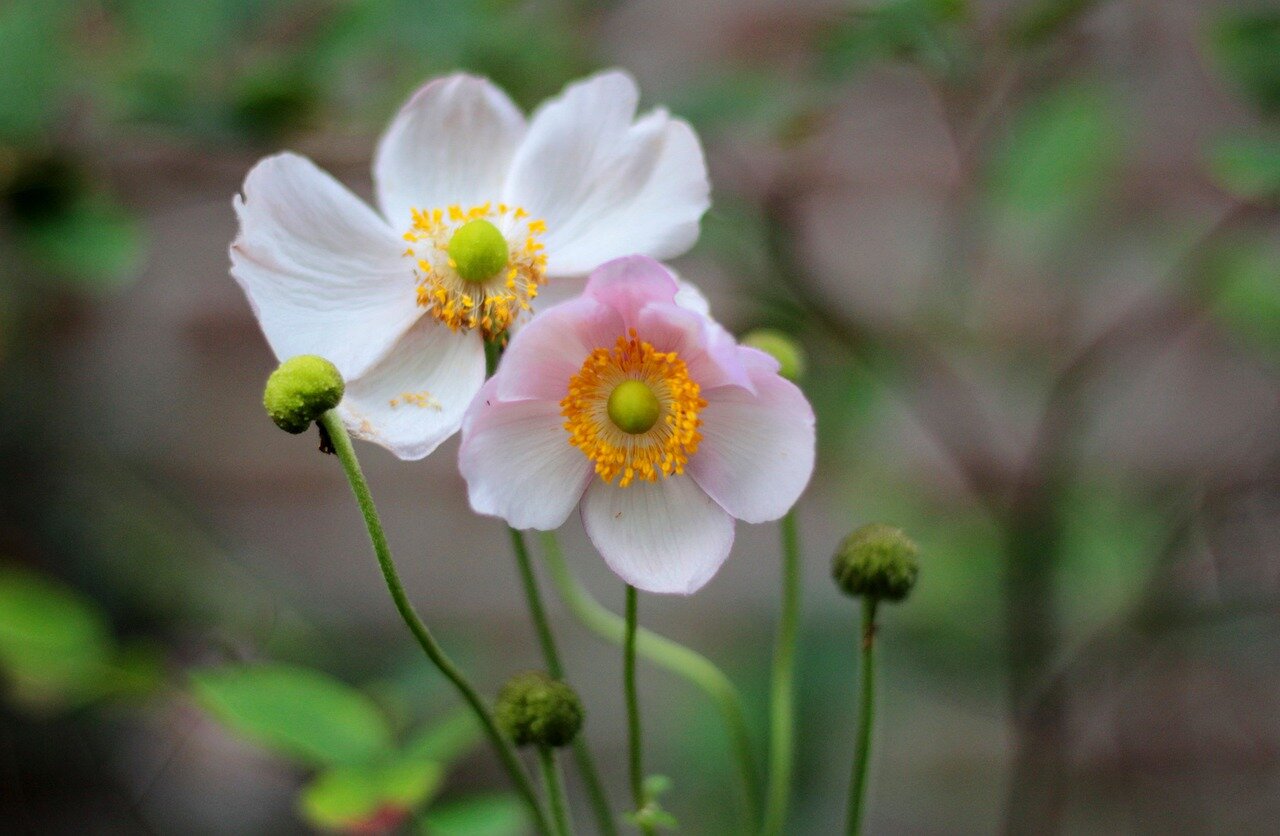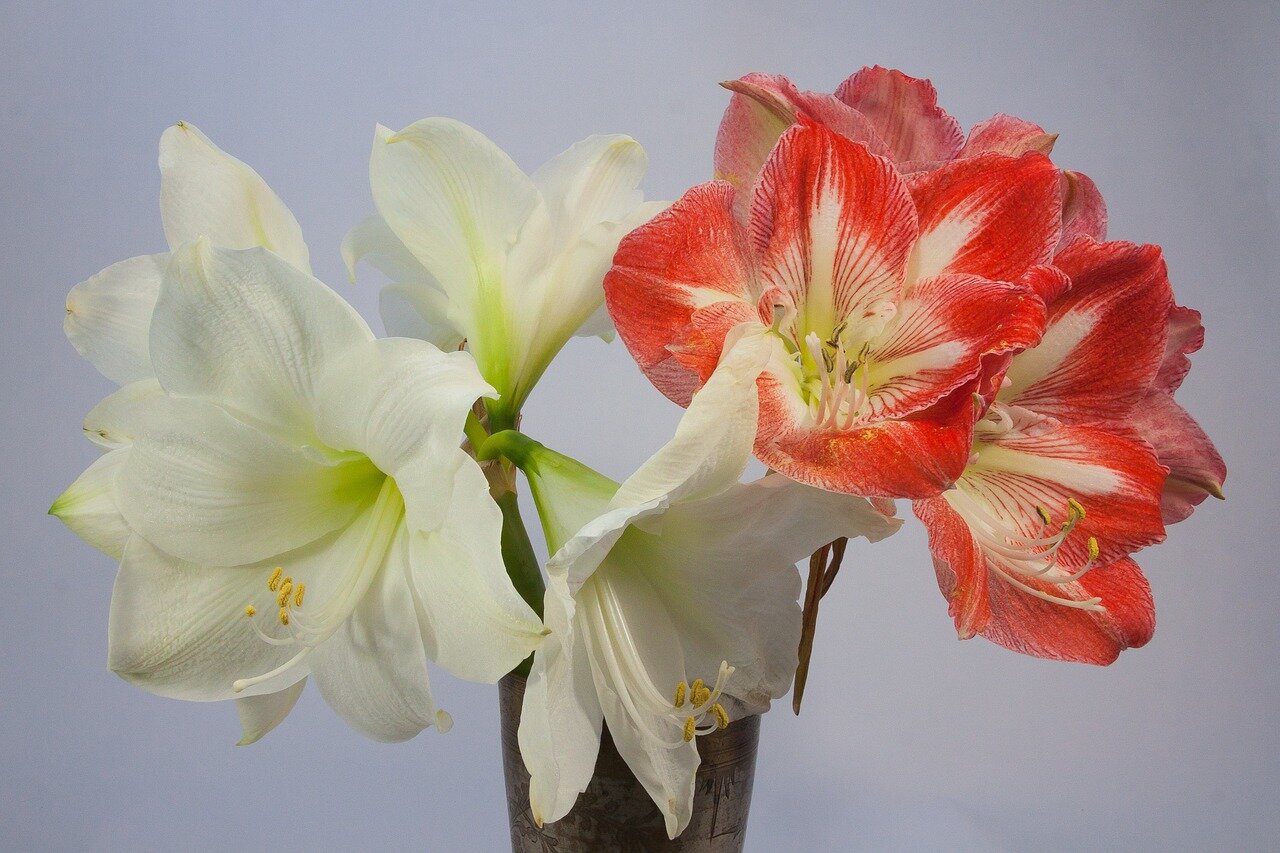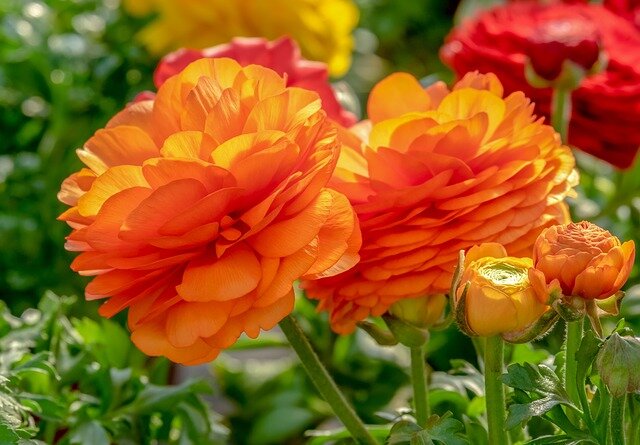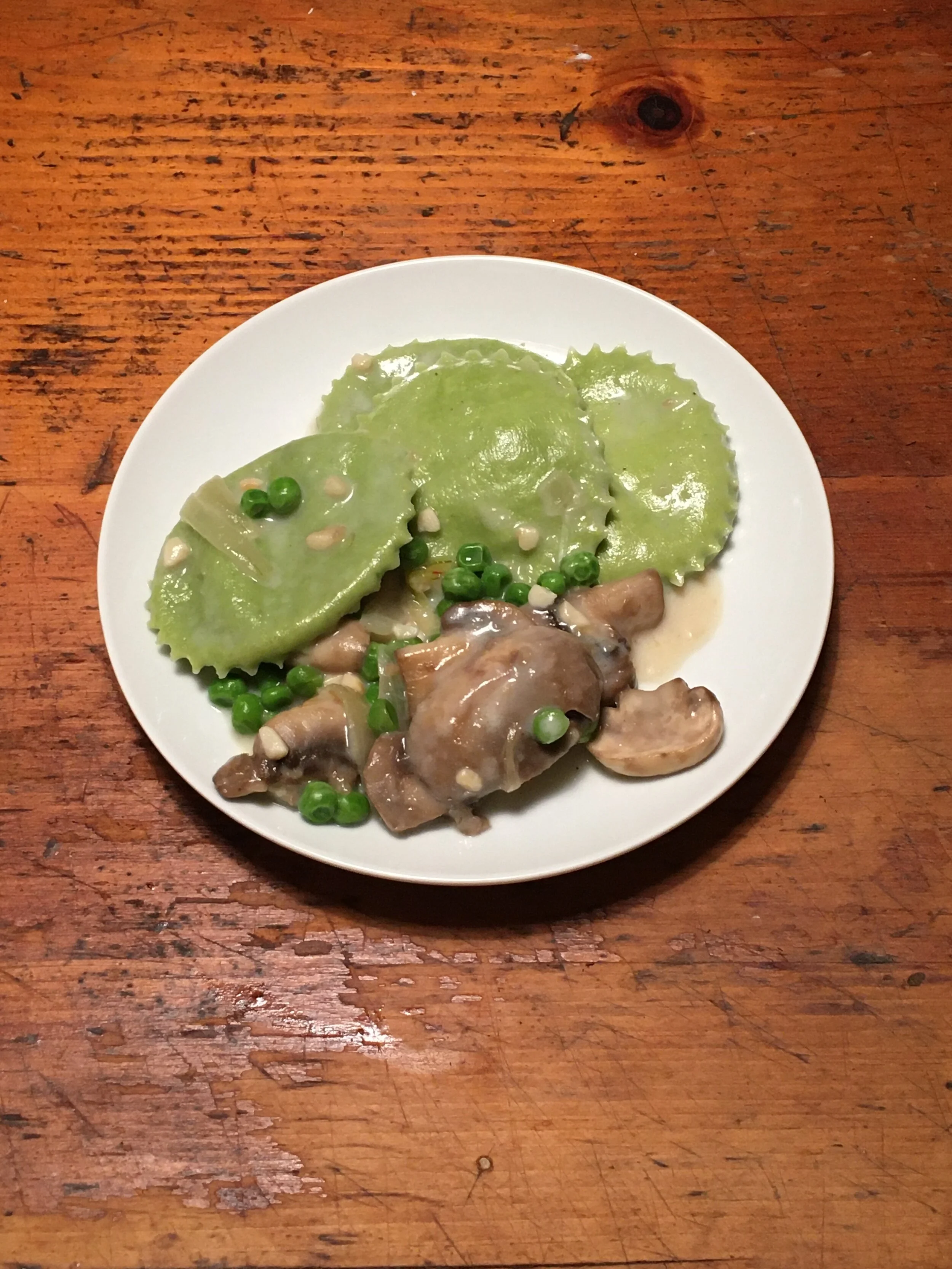Forcing Bulbs for Winter
We all know fall is the time to plant bulbs for next year. But in Maine, we’ve reached the end of our planting season and I still have bulbs that never made it into the ground. Translation: I never intended these for the ground.
You see, winters in Maine are long, dark affairs. Most of our foul weather doesn’t come until February and March. While the rest of the country is beginning to thaw, Maine is preparing for the deep freeze. That’s why I’m OK with waiting until now to start thinking about bulbs. It might be another 6 months before I even see another plant flowering outside. Forcing bulbs gives me the joy of flowering bulbs, months before I would see them.
This is a project I take on every year and once you know the basics, it is a fun and easy project to tackle.
Choosing Your Bulbs
Bulbs come in tremendous variety. There are over 3,000 types of tulips alone. Our obsession with these early monikers of spring goes back centuries. During the mid-seventeenth century, the Dutch used bulbs as currency.
Because bulbs are so varied, take time to find a special and unique specimen to force. After all, if you’re going to wait for them to bloom, they might as well be special.
When selecting your bulbs, be sure to choose specimens that are firm, free of mold and any soft spots.
About Chilling
Some bulbs need to go through a dormancy period before blooming. To do this, chill the bulbs to mimic winter conditions. Chilling bulbs push them into their dormancy cycle and prepare them to bloom. The ideal temperature range for chilling bulbs is between 25 and 35 degrees, making an unheated garage, shed or root cellar ideal. Some people store their bulbs in a refrigerator but use caution here, fruit and vegetables give off ethylene gas that can damage your bulbs, causing them to either not bloom or rot all together.
During this time, keep an eye on the soil and if the soil feels
When the chill time is up, you will bring them inside to jump-start the blooming process. Below are some bulbs I have had success forcing in the past and recommend to others.
Bulbs that Need Chilling
Tulips need 14 - 20 weeks to chill before blooming.
Daffodils need 15 - 17 weeks to chill before blooming.
Hyacinths need 11 - 14 weeks to chill before blooming.
Snowdrops need 14 weeks to chill before blooming.
Grape Hyacinths need 14-15 weeks to chill before blooming.
Crocus need 15 weeks to chill before blooming.
Bulbs That Do Not Need Chilling
For those who are not patient enough to wait the full 4 months, it takes to force bulbs, you are in luck. Not all bulbs need a chilling time and you can force them all winter long with great success. Bulbs such as amaryllis, paperwhites, ranunculus, and anemones do not need a chilling period.
Choosing Your Method
There are two main ways of forcing bulbs indoors: water or soil and your selection of bulbs will determine which method you use.
Water Forcing
Bulbs that respond well to the water method include amaryllis, paperwhites, daffodils, and hyacinth. Other bulbs, such as tulips, fritillaria, and crocus are best down using soil.
Select a container
Most of us have seen bulb jars for sale around mid-winter. These are typical for forcing hyacinths as they have large, heavy bases that anchor the plant. The taller your plant is in full bloom will dictate how tall or heavy your container needs to be. Large glass vases are great for this as they provide support as well as the visual appeal of seeing the roots form.
Position and Plant the bulbs
Always position your bulbs with the pointy end up. If you are using a bulb jar, fill the bottom with water until it is no more than ¼ inch away from the bottom of the bulb. Do not let the bulb sit in the water, it will rot.
If you are using a vase, line the bottom with gravel, marbles or stones and rest the bulbs on the material. Fill the vessel with water until within ¼ inch of the bottom of the bulb.
Chill the Bulbs
As mentioned, chilling your bulbs is essential if you want them to bloom. Ideal locations include unheated garages, root cellars or, sheds. Refrigerators also work well for chilling. The warmest you want your bulbs to be during chilling is 40 degrees. It is best to keep them at or below freezing as this is what their conditions would be like outside.
Amaryllis and paper-whites do not need chilling. Set them in a sunny window until buds appear, then move them to a cooler location out of direct sunlight.
Soil Forcing
Most bulbs forced inside use soil or some other potting medium. It is a simple process and very straight forward
Select the Right Container
When forcing bulbs in soil, choose a container with ample drainage so the bulbs are not sitting in soggy soil. Terra cotta is my preference but you can also use ceramic or even plastic pots if you have some laying around. This is a great opportunity to showcase your flea market and vintage store finds. If you have a container you wish to use that does not have holes in the bottom, line the bottom with gravel and water.
Position and Plant
Fill the bottom third of the container with soil. Place the bulbs pointy end up. A general rule of thumb is 1 bulb per inch in diameter. If you have a 6-inch pot, you can fit 6 tulip bulbs in it. Cover the bulbs with potting soil so that the tips are poking out of the soil. Water and set aside while you pot the rest of your bulbs.
Chill the Bulbs
Place your bulbs in your desired location for the chilling period and check on them regularly. When the top layer of soil is dry, water the bulbs. When the chilling time is up, bring them inside and force them out of dormancy.
Coming out of dormancy
Regardless of what method you choose to force our bulbs, once they come out of the chilling period, it is time to bring them into a warmer environment.
Start with a warm but dim environment such as under a table or in a closet. Once the bulbs have put out 3 – 4 inches of growth, place them in a bright, sunny spot such as a south-facing window. After about 3 weeks, your plants should be putting out buds.
When your plants put on their buds, move them to a location where they are out of direct sunlight and away from drafts or heating vents. Here, they will bloom and the consistent temperature and lack of direct sunlight will help the plant keep its bloom longer.
Replant Your Bulbs
While you can’t force a bulb to bloom twice in one season, when you’re done with your forced bulbs, plant them outside and they will delight you again next spring with the snow melts and warm weather returns. Over time, some bulbs will naturalize themselves and spread. We planted a patch of daffodils on the island decades ago that have found a happy home on an east-facing slope where they bloom each spring.
Conclusion
Forcing bulbs is a great way to bring nature inside and presents great opportunities to decorate around your home. Place the forced bulbs in unique containers and use them as a centerpiece for Easter or any spring celebration. Better yet, chill a few extras and give them to a friend or neighbor. This is an easy and fun project that is accessible to all ages and abilities.

